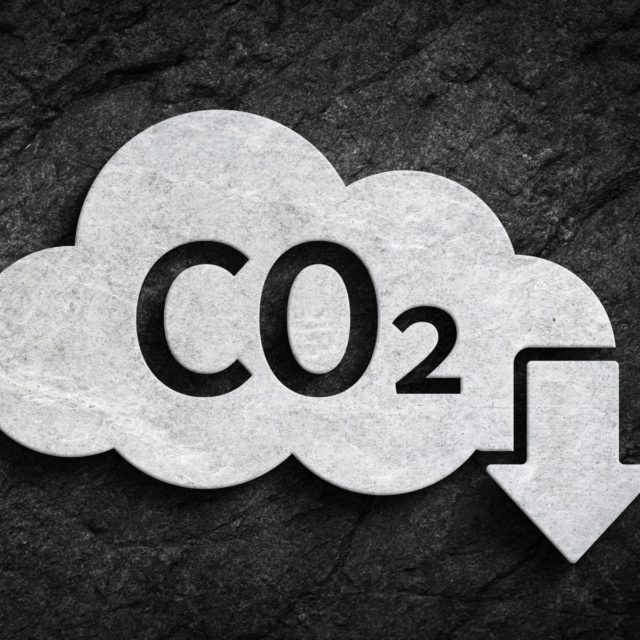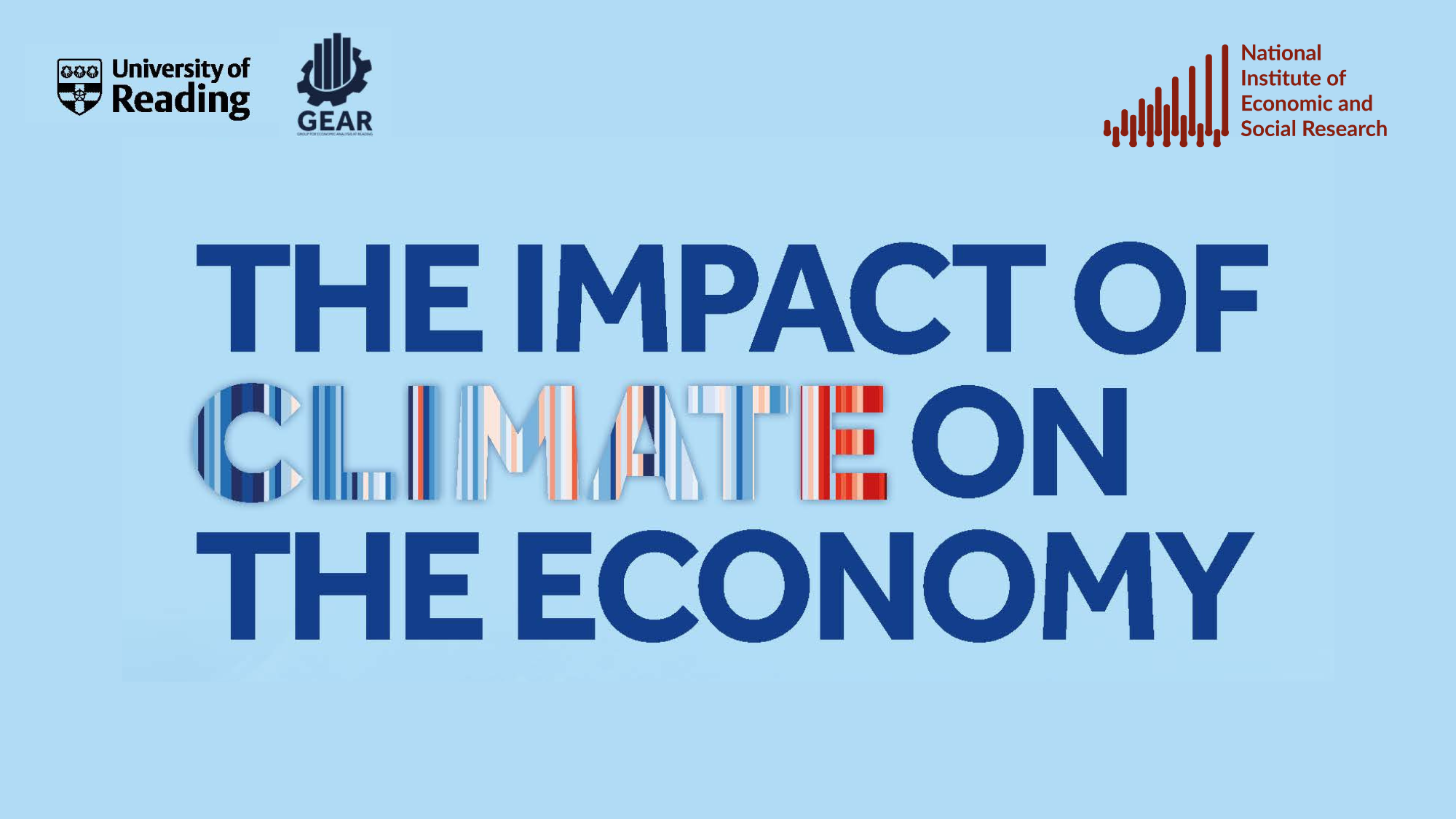Is Development the Price of 1.5°c and Net Zero for 2050?
The 2050 Global Target Framework needs to be reformulated and supplemented by Hard Intermediate Targets. And two global fiscal instruments are needed—neither of which is a carbon tax—to secure an efficient global strategy to deliver it.
 Pub. Date
Pub. Date
03 November, 2022
 Pub. Type
Pub. Type

Main points
- To implement a Pigovian strategy on global warming, by freeing ROW* entirely of any temperature obligations on its activity until it has secured income per capita parity with OECD;
- That accordingly the headline target be changed from 1.5°c and net zero for all by 2050 to net recapture by the Global Emissions Core at least by 2045, and to an undated cap of 1.5°c;
- To set intermediate annual aggregate Performance Criteria paths for the OECD aggregate and the 200 Plus aggregate to deliver these targets, defined on their respective emissions intensity of output, with adjusters for emissions shifting to and efficiencies by ROW, and indicative Performance Criteria for 2026 onwards;
- That enforcement should focus on the least emissions-efficient members of OECD and 200 Plus respectively—in the first instance by naming and shaming them;
- To establish an Emissions Inefficiency Tariff to be applied as necessary to OECD and 200 Plus so as to drive delivery of the Pigovian Strategy;
- For a recurring (as needed) tax on global billionaires strictly hypothecated to finance expenditure on global scale emissions recapture by a Global Recapture Fund;
- To activate the EIT contingent on breaches of the Performance Criteria, to pre-announce such activation, and to activate the Global Recapture Fund immediately;
- That ROW, perhaps catalyzed by the African Union, assert this case for a Pigovian Strategy on global warming in upcoming COPs and in all international fora.
* ROW is all small developing countries, thus excluding the Global Emissions Core—namely the OECD and 200 Plus, the large-carbon-emitting emerging markets.


















